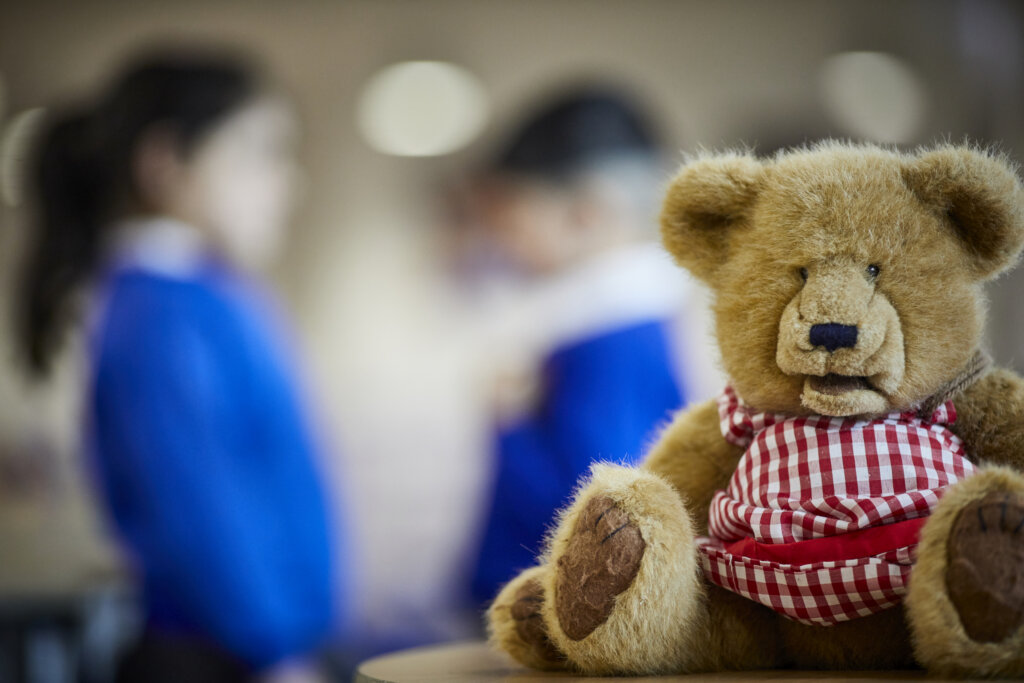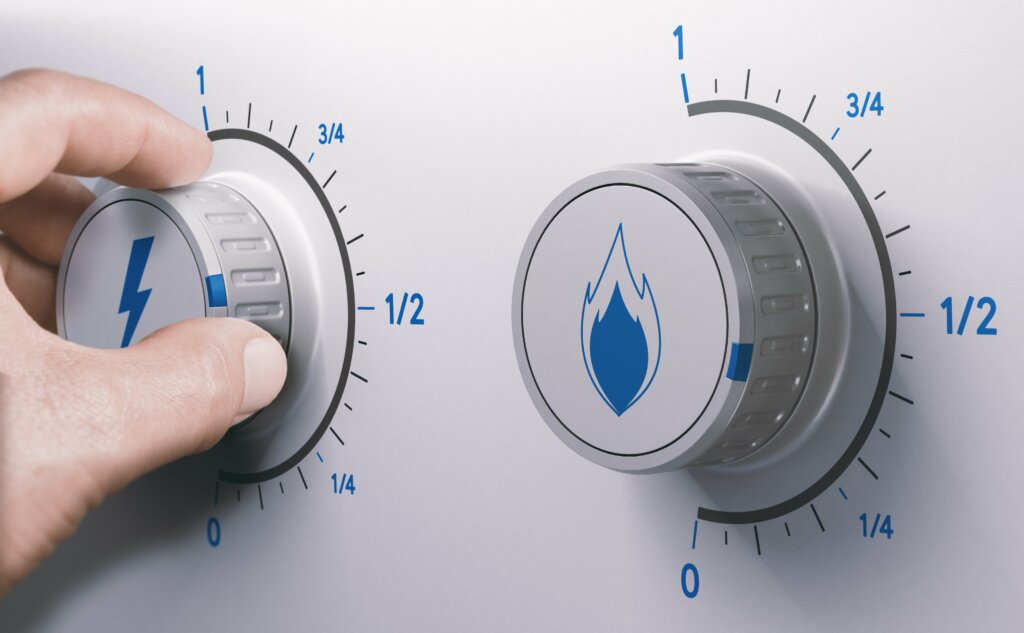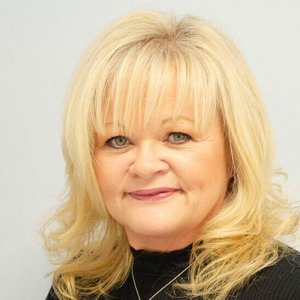For years, climate scientists have warned about the dangers of fossil fuels and the threat they pose to the planet. But in spite of the environmental impact, oil, coal and natural gas still supply approximately 80% of the world’s energy.
Now, it looks as if things may be beginning to change. Following the invasion of Ukraine and subsequent disruptions to the energy market, renewable energy sources are not only considered the greener option – they are also becoming the cheaper one.
With the rise in prices and global inflation, energy efficiency has never been more important. Read this blog to find out the steps you can take to reduce your costs and carbon emissions.
Energy in Schools
The education sector has a key role to play in the drive towards Net Zero, not only by empowering the next generation to be environmentally aware and ready to meet new challenges, but by reducing the carbon footprint of our schools.
It is estimated that UK schools are responsible for between 8 and 10 million tonnes of CO2 from direct and indirect sources per year. This accounts for 2 percent of UK carbon emissions, but equates to 15 percent of the carbon emissions attributable to the public sector.
By changing habits and behaviours, we can reduce our energy consumption and carbon emissions by between 10 – 15%. At our latest School Finance conference, experts from across the sector shared advice and guidance to help schools ensure they are energy efficient. Take a look at some of the key lessons we learned below:
Energy Saving Tips
Set up an Energy Team
Tackling the energy crisis calls for collective action, so set up an Energy Team, an Eco Club or Student Council to lead energy efficiency at your school. It’s a great opportunity for pupils to collaborate and feel they are making a difference to the world – but don’t forget that teachers, support staff and governors all have a role to play too.
Working together, the Energy Team will be responsible for reviewing your current school context, developing an energy saving action plan, monitoring data and taking action to reduce your energy consumption. They will deliver campaigns to get the whole school involved in different initiatives, whether that’s switching off the lights or cycling to school.
Ensure that your team has the training and resources to stay informed so they are able to share up-to-date advice with students and effectively lead their school community. Top tips and inspiration can be found on the following websites:
Optimise Temperatures
In the UK, a large part of our carbon emissions comes from heating – who’d have thought! So maintaining, optimising and checking temperatures in your school is a key part of reducing your energy consumption.
Optimal temperatures can vary depending on your school, but the Department for Education recommends that temperatures are kept to 18°C. Consider that for every degree you raise the temperature by, there is a 5-10% pay increase. By turning the heating down slightly, or reducing your usage for just an hour a day, you can make a huge difference to your energy bill.
To help you heat your school more efficiently, use timers to ensure that classrooms are heated as pupils arrive and then start to cool down towards the end of the day. Don’t forget to keep furniture and other materials away from the radiators, improving heat circulation in the classroom.
Monitor Your Data
Already, many schools have taken steps to reduce their carbon footprint – planting their own vegetable patches or taking part in Recycling Week. But without a good understanding of what your current energy consumption looks like, it is difficult to create an action plan and accurately measure your progress. By monitoring your data, you can identify specific issues and respond with meaningful solutions, whilst setting achievable targets for the future.
Your utility bill can give you some information about your energy usage, but this often lacks the detail that business managers need to make data-driven decisions. Remember, it is still worth checking – sometimes, your energy bill may be inaccurate and it is important to ensure that you only pay for what you use. Get in touch with your supplier if you have any questions.
Smart metres can give you the data you need to identify energy waste and increase operational efficiency. Analyse the data and investigate any issues, walking around the school to address the root of the problem. This way, you can plan and deliver more effective strategies, either by making repairs, replacing old technologies, or investing in greener solutions.
There are tracking softwares you can use to gather more detailed and in-depth information, such as the Energy Sparks online energy analysis tool. Bear in mind that these technologies can be costly, although they may become more affordable in the future.
Turn Things Off
It’s simple, yet effective. Turning off lights and IT equipment can shave large chunks off your energy bill. Make sure the whole school gets involved, reminding staff of their responsibility to switch the lights on and off as they leave and enter classrooms, or make the most of natural lighting where they can.
Similarly, remind both teachers and pupils to turn off their computers instead of leaving them on standby, especially over the weekends and holidays. It might be a good idea to activate automatic power-down modes after set times of inactivity, just in case people forget!
Get the Energy Team to lend a hand, creating switch-off labels and delivering assemblies to really get the message across. Think about all the equipment we might usually overlook, such as vending machines, kitchen appliances, as well as the tools in Science, Art, and Design & Technology classrooms.
Invest to Save
Quick, low-cost fixes are often the easiest to implement, especially in the middle of a funding crisis, but it is by investing in energy-efficient technology that you will feel the greatest impact. Visit Salix to find out about the funding schemes that are available to help schools and other public sector organisations reduce their carbon emissions in line with the government’s commitment to Net Zero.
There are lots of improvements you can consider, from installing double-glazing and LED lighting to gas boilers and heating control systems. All these upgrades can help your school make energy savings far beyond the current school year.
You may even want to consider producing your own energy at school. Solar panels are becoming more popular as a climate-friendly and cost-effective option, whilst also offering the opportunity for teaching and learning.
Remember that being energy-efficient is not always as obvious as turning off the lights and closing windows to keep the heat in. When you take a look at the typical carbon footprint of a school, you can see that procurement accounts for almost half a school’s carbon emissions:
- 45% Procurement
- 37% Building
- 16% Travel and transport
- 2% Waste
When you are making procurement decisions, don’t just compare the quality, cost and durability of your options – think about the sustainability factor too. By choosing more environmentally-friendly options when it comes to catering, stationery, cleaning, grounds maintenance and equipment, schools can vastly reduce their carbon footprint.
By taking these important steps, your school will not only be able to save on costs and survive the current energy market, you can also build resilience against further crises and the inevitable impact of climate change. Crucially, your pupils will learn they can become agents of change, giving them hope for the future.
For further information on how to improve school efficiency and keep your finances on track, explore our School Finance services.
If you have any questions, please get in touch. We’d love to hear from you.
















